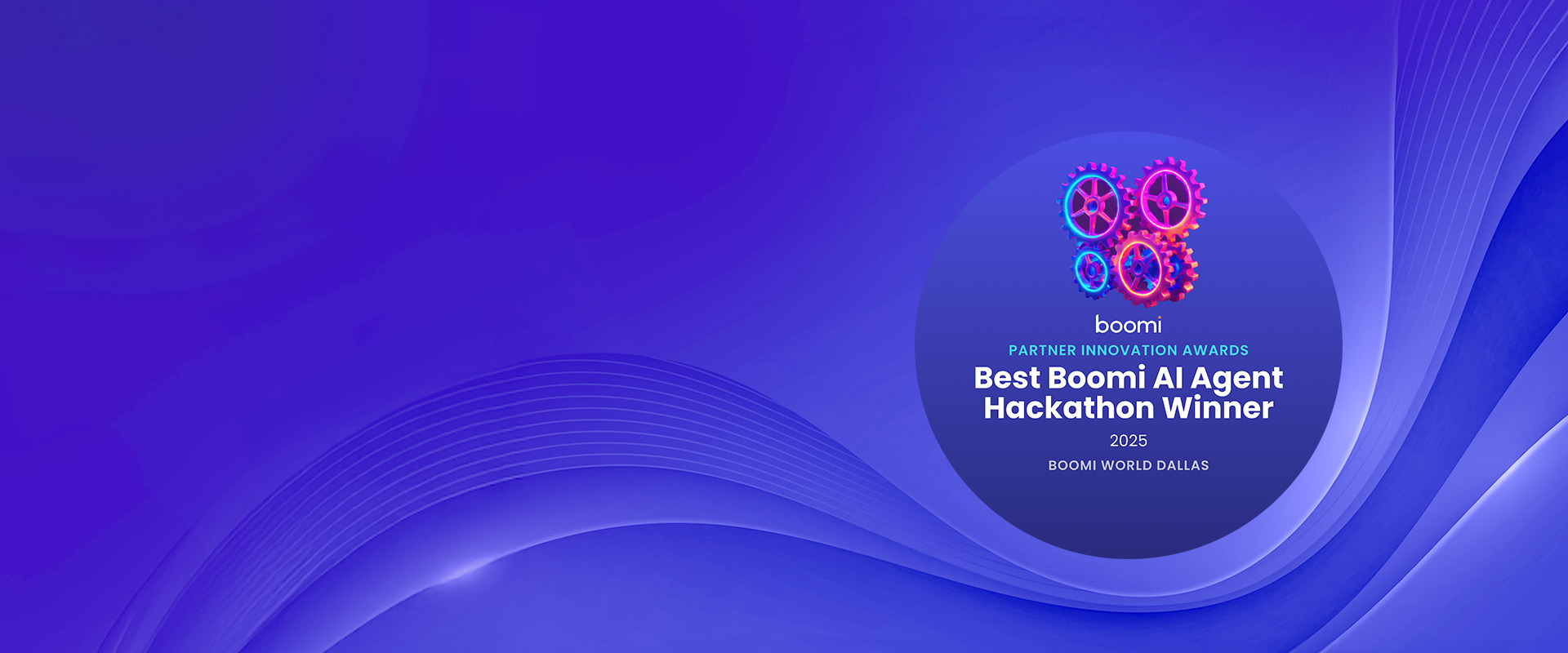Challenges in Life Sciences Supply Chain and Jade’s Innovative Solutions
Healthcare consumers think little about popping a daily pill prescribed by their physician for a given ailment. Yet a great deal of data and process machinations go into ensuring that a medication has safely and successfully navigated the end-to-end life sciences supply chain, from point of origin to order fulfillment.
For life sciences companies, the prevalent question is how to overcome supply chain challenges while tracking and tracing pharmaceutical and biotech products is a challenge posed by the Drug Supply Chain Security Act (DSCSA). First implemented in 2013 under the U.S. Food and Drug Administration, DSCSA is designed chiefly to combat counterfeit drugs and support recalls.
As described by the FDA, DSCSA's goal is “to build an electronic, interoperable system to identify and trace certain prescription drugs as they are distributed in the United States.” Basically, DSCSA requires life sciences firms to account for the “who, what, when, where, why, and how" of products across the life sciences supply chain journey.
Those may seem like simple questions, but the complexity of answering them is high. The stakes are high, too.
Noncompliance with DSCSA mandates could mean stiff financial penalties. And life sciences firms could suffer brand damage and potential litigation brought by affected consumers of a fake or compromised prescription drug.
Multiple Life Sciences Industry Challenges to DSCSA Compliance
The challenge can be especially daunting for pre-revenue startups and small to midsize life sciences business (SMBs) that lack the mature IT systems and processes needed for DSCSA compliance and FDA reporting. Obstacles include:
Broad partner ecosystem- Many life sciences firms rely on third-party partners for raw materials supply, contract manufacturing, packaging and labeling, and distribution. Data must be securely and bi-directionally exchanged with those outsourcers to document products across the supply chain journey.
Unit-level track and trace- As of November 2023, the DSCSA will require serialized track and trace at the unit (package) level with an electronic product identifier, such as a barcode. That means tracking at a more detailed level versus the lot-level track and trace required since 2015.
Secure data standards- Data supporting product integrity must be securely managed and exchanged in a standard format, conventionally EPCIS (Electronic Product Code Information Services) devised by the global data standards body GS1.
Compliance with DSCSA requirements is the clear priority, yet a robust track and trace system also delivers insights and efficiency that benefit the business. As I noted in an earlier blog post, track and trace can and should be a part of broader digital transformation that gives life sciences firms new ability to:
- Increase visibility of product data across the extended supply chain
- Improve inventory management cost efficiency
- Orchestrate and optimize trading partner relationships
- Accelerate time to market and expand distribution
- Enhance business planning and execution
- Speed new partner onboarding
- Scale without significant additional IT investments
Speed and Scalability for Startups and SMBs
At Jade Global, a Boomi Elite Partner offering IT and business consulting services, we specialize in helping startups and small to midsize firms modernize and scale their track and trace capabilities with prebuilt frameworks and a reference architecture anchored by the Boomi AtomSphere Platform.
A startup may be ready to bring years of R&D and clinical trials to culmination by commercializing a pharmaceutical product with FDA approval. Yet without the right systems, processes, and expertise, the company can face roadblocks in achieving supply chain transparency per DSCSA requirements.
Trying to build a track and trace framework from scratch is a major task that can gobble up an early stage company’s limited resources. In-house projects can easily run way over budget and timeline targets.
SMBs, meanwhile, usually have some semblance of a track and trace system in place, yet deal with high degrees of manual work, broken processes, and little confidence in data integrity. Integrations based on custom coding or legacy integration limit flexibility while requiring costly development and maintenance.
The Role of Integration in Track and Trace
Data and application integration is a pivotal aspect of a track and track environment. Jade Global relies on the Boomi AtomSphere integration platform as a service (iPaaS) for internal and external integrations needed to gain full transparency into pharmaceutical and biotech product lifecycles.
Utilizing the Boomi platform, our best-practice framework connects a company’s enterprise resource planning (ERP) system (which handles business transactions) with a third-party track and trace system like TraceLink or Axway (which documents product lineage).
Then, Boomi B2B/EDI Management connects internal systems with partners for manufacturing, packaging, and distribution. It ensures the secure exchange of EPCIS-compliant data back and forth between the manufacturer and the partner. That detailed data includes serialized product identifiers, lot numbers, expiration dates, event times and locations, and type of event.
Finally, Jade Global’s Boomi-based framework ensures that data is aggregated, reconciled, and available for reporting to FDA as per DSCSA requirements, or if an issue develops that may warrant a product recall. In short, it provides the “electronic, interoperable system" spelled out by the FDA.
A Basis for Continuous Supply Chain Optimization and Pharma Cold Chain Logistics
With the low-code Boomi platform, our Jade Global team typically accelerates track and trace implementation by 25 to 30 percent. Our pre-built data mappings handle many data exchange requirements out of the box, while Boomi lets our practitioners quickly adapt the system to unique customer needs.
Life sciences companies benefit by our collective decades of deep industry expertise combined with leading-edge technology to quickly build a world-class track and trace environment that meets DSCSA requirements and delivers visibility for supply chain optimization.
Beyond strictly track and trace, a unified supply chain ecosystem brings together functions such as planning, procurement, production, and logistics into a single platform. Teams can easily gain visibility into other functions to perform more efficiently while management enjoys top-down visibility for continuous supply chain optimization.
And externally, vital partner relationships are enriched when the platform delivers robust EDI (electronic data interchange) capabilities to streamline transactions and quickly onboard new third parties.
Future-Proof Flexibility Across a Fast-Changing Landscape
A modern track and trace system based on a cloud-native integration platform like Boomi AtomSphere does more than equipping life sciences companies to meet near-term track and trace and supply chain challenges. It also provides future-proof flexibility to incorporate new technologies as the industry landscape evolves.
In one example, an FDA pilot program demonstrated the viability of blockchain technology for track and trace to DSCSA requirements. Though the idea is still under evaluation, the use of blockchain distributed ledgers for DSCSA compliance is an intriguing use case for which the joint solution from Jade Global and Boomi is well suited.
For more information on how Jade Global and Boomi are helping life sciences companies with digital transformation, read our blog Accelerating Digital Transformation and Enterprise Modernization in Life Sciences. |













